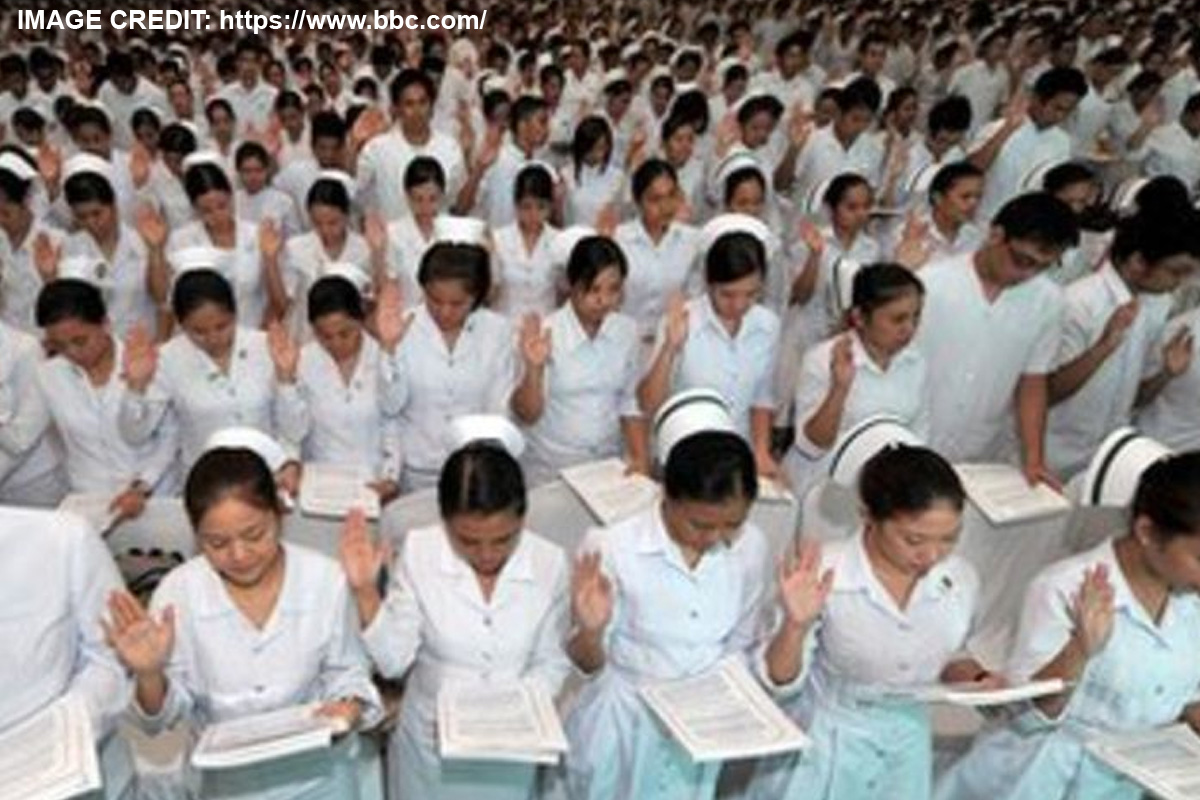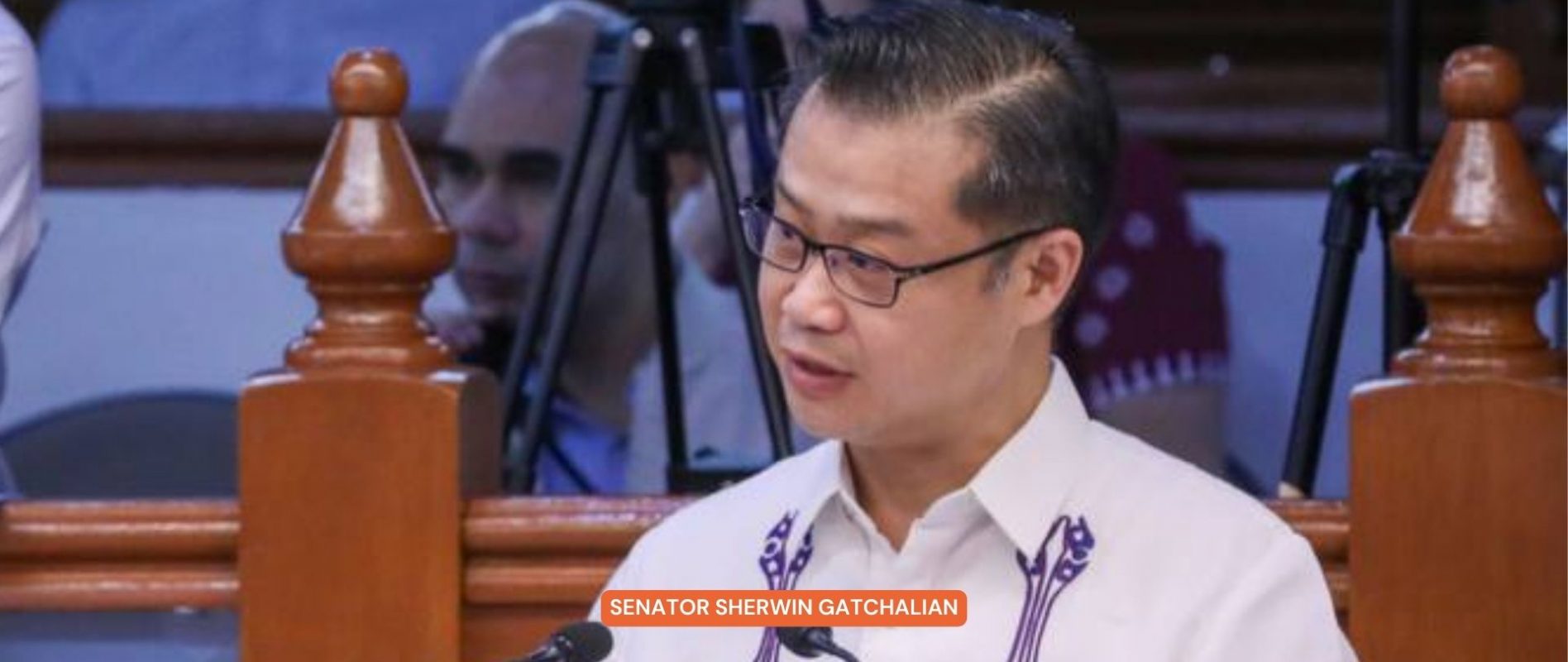EDCOM 2: AGING SCHOOLS, CLASSROOM SHORTAGE PERSIST DESPITE DECLINING BIRTH RATES
THE SECOND Congressional Commission on Education (EDCOM 2) has warned that despite the Philippines’ declining fertility rate, severe school congestion and infrastructure gaps continue to plague key regions, particularly the National Capital Region (NCR), Regions IV-A, XII, and BARMM.
Citing a new study by the Philippine Institute for Development Studies (PIDS), EDCOM 2 emphasized that although overall public school enrollment may decline by 2040, congestion in urban and high-growth areas is expected to persist—especially in NCR and BARMM.
In Northern Manila, 90% of public elementary students were enrolled in overcrowded classrooms as of 2021. Similar trends were observed in Southern and Eastern Manila, as well as in Rizal and Cavite.
The study projects a national shortfall of 58,000 to 81,000 classrooms by 2040 if construction efforts are not accelerated.
Many existing classrooms are also deteriorating, with only 18.6% projected to remain in good condition by 2040 without timely intervention.
EDCOM 2 Executive Director Dr. Karol Mark Yee stressed the need to factor in population growth, disaster risks, infrastructure wear-and-tear, and the capacity of private schools in planning for education infrastructure.
Senator Sherwin Gatchalian, EDCOM 2 Co-Chair, advocated for innovative solutions such as cost-sharing programs with local governments, public-private partnerships, and expanded voucher programs to ease pressure on public schools.













